Innovation in the Most Surprising of Places
Before the first week of August, I had no idea that the Eastern Townships of Canada even existed, and I certainly couldn’t find them on a map. As it turned out, however, that was precisely where my family found itself on vacation during summer’s dog days. The Eastern Townships are south of Montréal and Quebéc, less than an hour from the New Hampshire border. They share the topographical features of New Englandmountains, trees, rivers, and lakesand reminded me of what I imagined New England might have looked like a century ago with less development, more dairy farms, and a quiet calm that could justify the poetry of Frost or Wordsworth.
In Coaticook, Canada (yes, that is a real place with an awesome name, especially when pronounced with a delightfully playful Canadian accent,) there is a national park, Parc de la Gorge, which features one of the world’s longest pedestrian suspension bridges. As someone who is not much for heights, the bridge was hardly a draw. In fact, our family of five may have been five of only fifty or sixty folks who visited the Parc on an overcast Wednesday despite is spectacular beauty. That attendance number, of course, was certainly noticed by the folks who run the Parc as well. Thus, I imagine, was one of the most inspiring moments of innovation from my summer iterated, prototyped, and designed by the visionary folks in that quiet town.
Our morning visit to the Parc was not our only visit of the day. That night, we returned, along with over one thousand other visitors, to experience Foresta Lumina, a mystical journey along the identical path we had traveled that day, except the Parc was transformed. The trees were lit with LED lights; tree branches had been artfully designed to look like hawks and dragons, faeries, and monsters; and drums that were wired were being hammered upon by countless children to send a burst of light up the trees. All of it had been wrapped into a story of Canadian folklorefaeries, monsters, the devil, and the heroineretelling the story of how the Canadian countryside possesses a magic unknown to most, but wonderfully powerful.
We came to find out that this had been designed in collaboration with the Cirque de Soleil troupe, and it had clearly achieved its purpose: reinvent for visitors the wonder and awe of discovery and exploration. Find a new way to tell an old story. Never rest on the assumption that the way it has always been done is a reasonable way to continue to do it. This quiet townremember that maybe sixty of us had been drawn to the suspension bridgewas awake, alive, and loud at night with over one thousand different visitors each evening. It is not too great a stretch to begin to imagine the corollary benefits that such innovation provided: a local growth economy born of a growth mindset.
Now imagine the Wednesday of faculty meetings just before school opened here at BDS, and a visit from the NuVu Studios in Cambridge. NuVu calls itself “a full time innovation school for middle and high school students,” but they also run a mean workshop for educators. For an entire morning, our faculty heard about and engaged in activities designed to help us see the world differentlythe garden through the eyes of an unwelcome critter, classroom seating through the eyes of a third grader, or how a first grade student might engineer a new kind of vehicle. All of these examples (and there were countless others) served as part of an early iteration designed to improve the learning experience of our students, and each one began an enlightening collaboration between colleagues around what our students need most in order to thrive as critical thinkers and problem solvers.
Throughout the morning, I couldn’t help but find myself back in the woods of Canada. Often, I have conversations with colleagues and parents about so-called 21st century skill development. Our dedication to anticipate what our students need now, and in the future, and providing the best avenues of discovery for them has been a hallmark of Belmont Day since the beginning.
A notion comes up during discussions of 21st century skills that is already starting to feel tired in its repetition: “We are preparing students for jobs that may not exist yet.” True enough. Yet more critically, in my opinion, there is a preliminary step that not enough people are anticipating: we need to prepare students to solve problems in novel ways they have not considered before. Through that framethe frame of processthe world opens wider, and soon we find ourselves mystified at the end of the world’s longest pedestrian suspension bridge, not by the height of it, but by the innovative transformation of it before our eyes.



